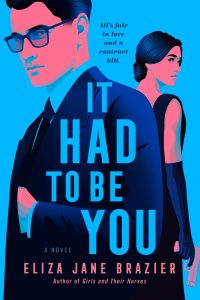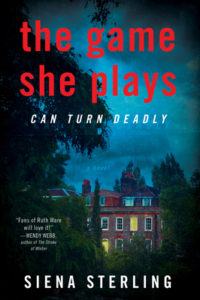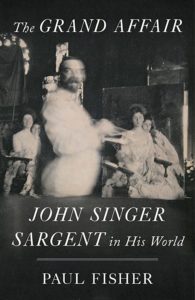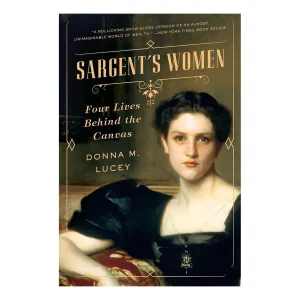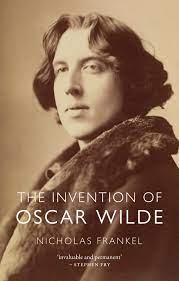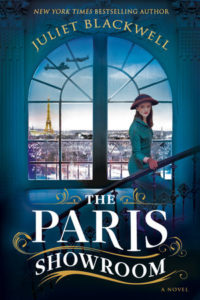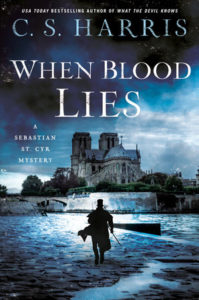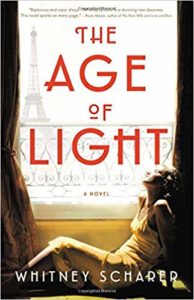★★★
So there are these two contract killers who meet on a train to Paris.
That’s not the start of a joke. It’s the opening of It Had to Be You, an often bizarre novel labeled “romantic suspense” by the publisher.
Jonathan and Eva are lonely and self-pitying sociopaths who feel most alive when they’re killing someone and earning huge fees from the respective agencies that send them out to commit murder. When they first meet on that Eurostar train, they end up having wildly intense and athletic sex on a luggage rack in the baggage compartment.
Sound improbable? Well it’s even more so when you consider that drug-addled Jonathan has a bullet in his chest as well as what might be a concussion. Also improbable: the fencing class where Jonathan’s neck gets cut by the teacher even though his face mask should have included protection for his neck. Likewise the scene where the two killers have a seven-course meal together at a tiny French restaurant whose owner’s name is Gestalt (!) and we only hear about the salad and the snails. Given that Jonathan’s a metrosexual sophisticate in Tom Ford suits, it’s weird that he doesn’t even discuss the wine.
After that first erotic onboard collision, he and Eva have been drawn back together because Eva feels that he ghosted her when in fact he just passed out in one of the train’s toilets. But he must be a horrible person for mistreating her, and because her job is killing horrible people, she becomes obsessed with revenge. So she gets assigned to take him out. Jonathan, on the other hand, had plans for blockbuster sex on his mind, not murder. He’s been longing for one more magnificent encounter with Eva because he is “obsessed, magnetized, dangerously in lust.”
Their paths cross again and again through the book with multiple plot twists amid the sex and violence. Both hired killers are surprisingly reflective about their lives, their outsider status, what it’s like to stalk and kill an assigned victim. This can sometimes makes for mordant comedy as when Eva thinks, “I know he’s lying to me, even though I’m lying to him, too….it’s how every relationships starts.”
But there are also lines that are laughable in and of themselves: “I want to touch her, but not so much, not all at once. It is overwhelming. I have been cooking her for so long that she burns. I need to take her in slowly. Blow on her first.” They’re almost redeemed by spots of lovely writing when the author describes Paris, something she excels at.
The publisher is targeting fans of Mr. and Mrs. Smith, Killing Eve, and perhaps folks who remember Prizzi’s Honor. It’s ultimately a very dark book that draws you deep into Eva and Jonathan’s sociopathy and trauma. Can they have a lasting relationship while the body count around them keeps mounting? The sketchy last pages seem to say yes because they feel like they’re setting up a sequel.
Lev Raphael is the former crime fiction reviewer for The Detroit Free Press and has also reviewed books for The Washington Post and several public radio stations in Michigan.

